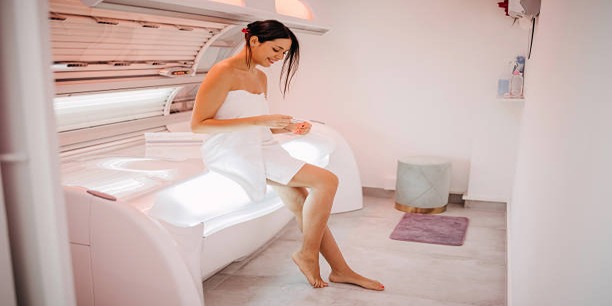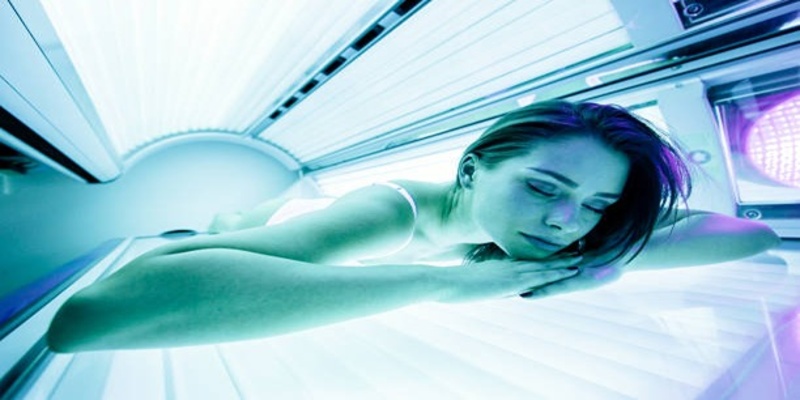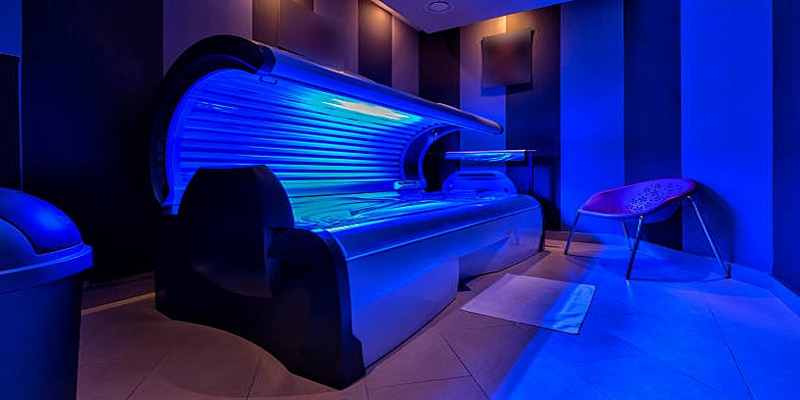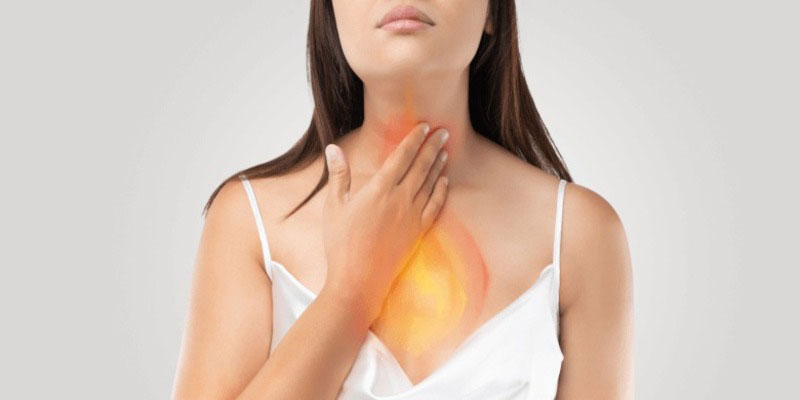While sunbeds are often touted as a quick means to achieve that coveted sun-kissed glow, they harbor unseen dangers that go beyond mere skin deep. These artificial tanning devices emit ultraviolet (UV) rays, which are a known risk factor for not only premature skin aging but also for the development of skin cancer, including the deadly melanoma. Despite these risks, sunbeds remain popular, particularly among young adults seeking to enhance their appearance year-round. Herein lies the dichotomy: what is sought for beauty can, in fact, lead to serious health consequences. This guide aims to shed light on the hazards of sunbed use, explore the scientific evidence underpinning the health risks, and discuss measures to protect oneself from the potential harms of artificial tanning.
What are sunbeds?

Sunbeds, also known as tanning beds or sunlamps, are devices that emit UV radiation to produce a tan on the skin. They typically consist of fluorescent tubes or bulbs that emit predominantly UVA (long-wave) rays, but may also include some UVB (short-wave) rays. The level of UV exposure from these devices is significantly higher than natural sunlight, making them a potent source of UV rays. In fact, research has shown that just a few minutes under a sunbed can expose the skin to the same amount of UV radiation received from several hours in the midday sun.
Types of sunbeds
There are several types of sunbeds available on the market today, each with varying levels and types of UV radiation emitted. These include:
- Horizontal sunbeds: These are the most common type and consist of a flat surface on which the user lies down to expose their front and back to UV rays.
- Vertical sunbeds: Also known as stand-up tanning booths, these devices require users to stand upright inside while being surrounded by UV-emitting bulbs.
- High-pressure sunbeds: These devices emit mostly UVA rays and use higher levels of pressure to produce a tan in a shorter amount of time.
- Low-pressure sunbeds: These emit a combination of UVA and UVB rays and require longer exposure times to achieve a tan.
Health Risks Associated with Sunbed Use
The use of sunbeds has been linked to various adverse health effects, including:
Skin Cancer
The most significant risk associated with sunbed use is the development of skin cancer. The World Health Organization has classified artificial tanning devices, including sunbeds, as Group 1 carcinogens - meaning they are known to cause cancer in humans. Exposure to UV radiation from sunbeds damages the DNA in skin cells, which can lead to mutations and ultimately result in various types of skin cancer, including melanoma, squamous cell carcinoma, and basal cell carcinoma.
Premature Skin Aging
Exposure to UV rays from sunbeds can lead to premature aging of the skin. This is mainly due to UVA radiation, which penetrates deeper into the skin and breaks down collagen and elastin fibers - leading to wrinkles, sagging, and age spots.
Eye Damage
The eyes are also susceptible to damage from UV radiation. Prolonged exposure to UV rays can cause cataracts, pterygium (growth on the eye's surface), and photokeratitis (sunburn of the cornea).
Immune system suppression
UV radiation can suppress the immune system, making individuals more susceptible to infections and diseases. This is especially concerning for individuals with weakened immune systems, such as those undergoing chemotherapy or with autoimmune disorders.
Protecting Yourself from the Risks of Artificial Tanning
The best way to protect yourself from the potential hazards of sunbed use is to avoid them altogether. If you do choose to use a sunbed, take the following precautions to minimize your risk:
- Check for FDA approval: Make sure the sunbed is FDA-approved and that the facility adheres to all safety regulations.
- Limit exposure: Do not exceed the recommended time limit for sunbed use. Be mindful of your skin type and adjust accordingly.
- Wear protective eyewear: Always wear protective goggles to prevent eye damage.
- Moisturize skin: Use a moisturizer with SPF before and after sunbed use to protect and hydrate the skin.
- Consider alternatives: Consider using self-tanning products or spray tans as a safer alternative for achieving a tan without UV exposure.
Misconceptions About Sunbed Safety
There are several misconceptions surrounding the safety of sunbed use, including:
- "Base tan protects against sunburn:" There is no such thing as a "safe" tan. Any type of tan is a sign of skin damage.
- "Sunbeds provide vitamin D: While UV rays do stimulate vitamin D production in the body, the risks associated with sunbed use far outweigh any potential benefits. It is safer to get vitamin D from dietary sources or supplements.
- "Sunbeds are safer than natural sunlight: Sunbeds emit higher levels of UV radiation, making them more dangerous than natural sunlight.
Alternatives to Sunbeds

There are several alternative methods for achieving a sun-kissed glow without the risks of UV exposure, including:
- Self-tanning products: These topical creams and lotions contain dihydroxyacetone (DHA), which reacts with the skin's outermost layer to produce a temporary tan.
- Spray tans: Similar to self-tanners, spray tans use DHA to produce a temporary tan on the skin. These can be applied at home or professionally.
- Bronzers: Bronzing powders and creams provide an instant, wash-off tan without any UV exposure.
- Tanning salons: Some tanning salons offer alternative methods of achieving a tan, such as airbrush tans or light therapy.
Conclusion
While sunbeds may seem like a convenient and quick way to achieve a tan, the potential health risks associated with their use far outweigh any perceived benefits. It is essential to educate yourself on the dangers of UV radiation and take necessary precautions to protect your skin from harm. Consider alternative methods for achieving a tan without exposure to harmful UV rays, and always prioritize your health and well-being. So, it is always recommended to take necessary precautions while using sunbeds and be aware of the potential risks associated with their use.




